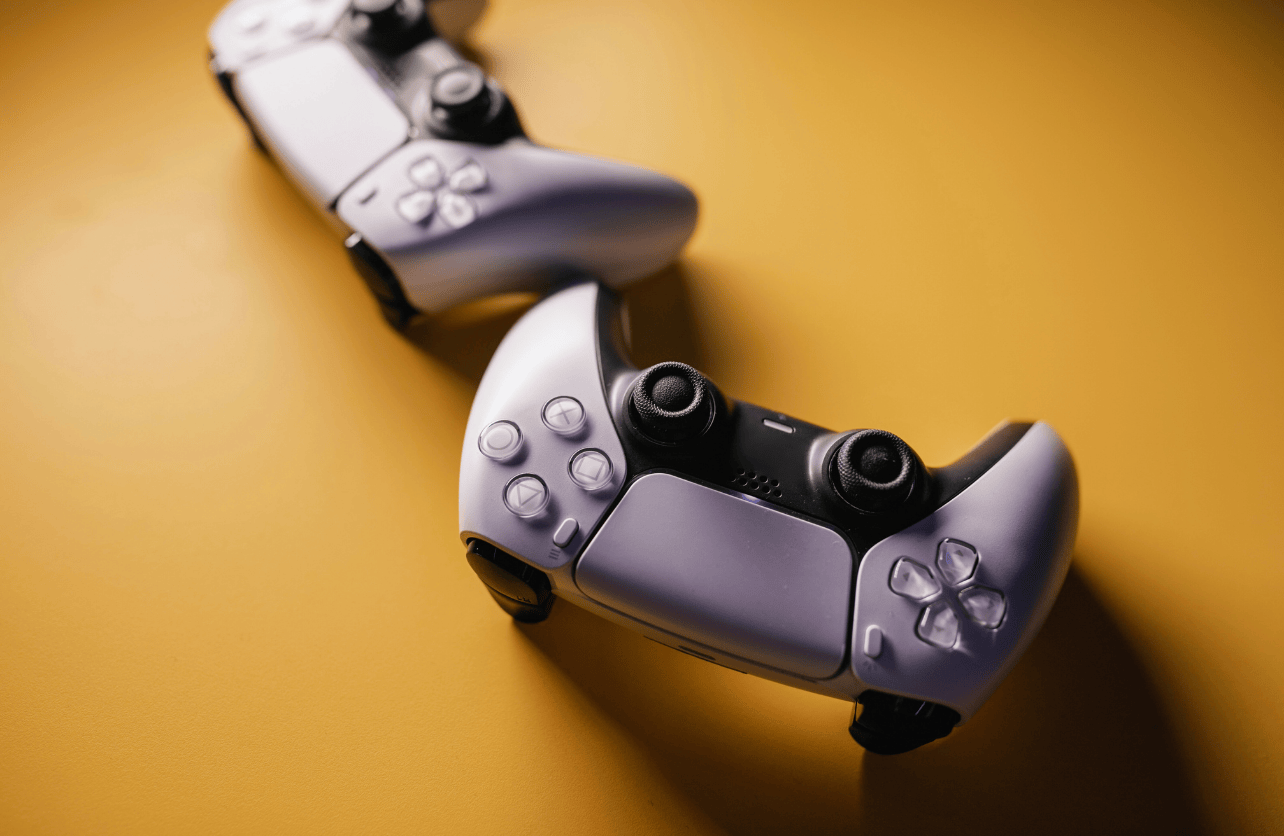Using a PlayStation controller on your PC can be a game-changer—literally. Whether you’re more comfortable with the feel of a DualShock 4 or you’ve just picked up a DualSense, connecting it to your computer can make PC gaming more intuitive, especially for console-first players. Luckily, it’s easier than ever to sync your PlayStation controller with your PC through USB cable or Bluetooth. Here’s a complete guide to get you started.
Choose Your Controller: DualShock 4 or DualSense
Before jumping into the setup, identify your controller model:
DualShock 4 is the standard PlayStation 4 controller.
DualSense is the new controller used with PlayStation 5, offering advanced haptics and adaptive triggers.
Both controllers work with a PC, though compatibility may vary depending on the game or platform. Steam, for instance, has excellent native support for both models.
Wired Connection: Simple and Reliable
Using a USB cable is the most straightforward way to connect your PlayStation controller to your PC. Here’s how to do it:
For DualShock 4:
Plug a micro-USB cable into the controller and connect the other end to your PC.
Windows should automatically detect and install drivers.
To customize the controller within Steam, open the app and go to Settings > Controller > General Controller Settings. Enable “PlayStation Configuration Support.”
For DualSense:
Use a USB-C to USB-A cable (or USB-C to USB-C if your PC supports it).
Windows will recognize the controller and install drivers.
On Steam, follow the same path: Settings > Controller > General Controller Settings, then enable “PlayStation Configuration Support.”
A wired connection reduces input lag and ensures a stable connection—ideal for competitive or latency-sensitive games.
Bluetooth Connection: Go Wireless
If your PC has Bluetooth (or you have a Bluetooth USB adapter), you can connect wirelessly. This gives you more freedom to move around, though it may introduce minor input delay.
For DualShock 4:
Press and hold the PS button and the SHARE button until the light bar flashes.
On your PC, go to Settings > Devices > Bluetooth & other devices.
Click “Add Bluetooth or other device,” then select “Bluetooth.”
Choose “Wireless Controller” from the list. If asked for a code, enter “0000.”
For DualSense:
Hold down the PS and Create buttons (left of the touchpad) until the light bar flashes.
Follow the same steps on your PC to add a new Bluetooth device.
Select “Wireless Controller” and enter “0000” if prompted.
Once paired, your controller should be usable in most games that support controller input. Just remember to charge it regularly, as Bluetooth drains battery faster than USB.
Configure for the Best Experience
Connecting the controller is one thing, but you’ll want to configure it properly to get the most out of it.
Using Steam:
Steam automatically detects DualShock 4 and DualSense controllers.
After connecting, open Big Picture Mode or go to Settings > Controller > General Controller Settings.
You can remap buttons, calibrate sticks, and save configurations for individual games.
For Non-Steam Games:
Use a third-party tool like DS4Windows, primarily if the game doesn’t natively support PlayStation controllers.
Download DS4Windows from the official site.
Install it and follow the setup to install the necessary drivers.
Launch DS4Windows and connect your controller.
The software will emulate an Xbox controller, which ensures broader compatibility with PC titles.
Troubleshooting Common Issues
If something goes wrong during setup, here are a few quick fixes:
Controller not recognized via USB? Try a different port or swap the cable (make sure it supports data, not just charging).
Bluetooth not pairing? Delete the device from your Bluetooth list and pair again from scratch.
Games not detecting input? If you’re using a non-Steam game, ensure DS4Windows is active and the controller is emulating an Xbox input.
Also, don’t forget to check game-specific settings—some games require manually enabling controller input.
Summing Up
Using a PlayStation controller on your PC is a great way to blend the comfort of console gaming with the versatility of a gaming computer. Whether you opt for a reliable wired setup or the freedom of Bluetooth, the steps are straightforward, and the compatibility is better than ever—especially with platforms like Steam streamlining the process.
With the correct configuration, your PS4 or PS5 controller can give you a familiar, responsive, and enjoyable way to experience everything PC gaming has to offer.
